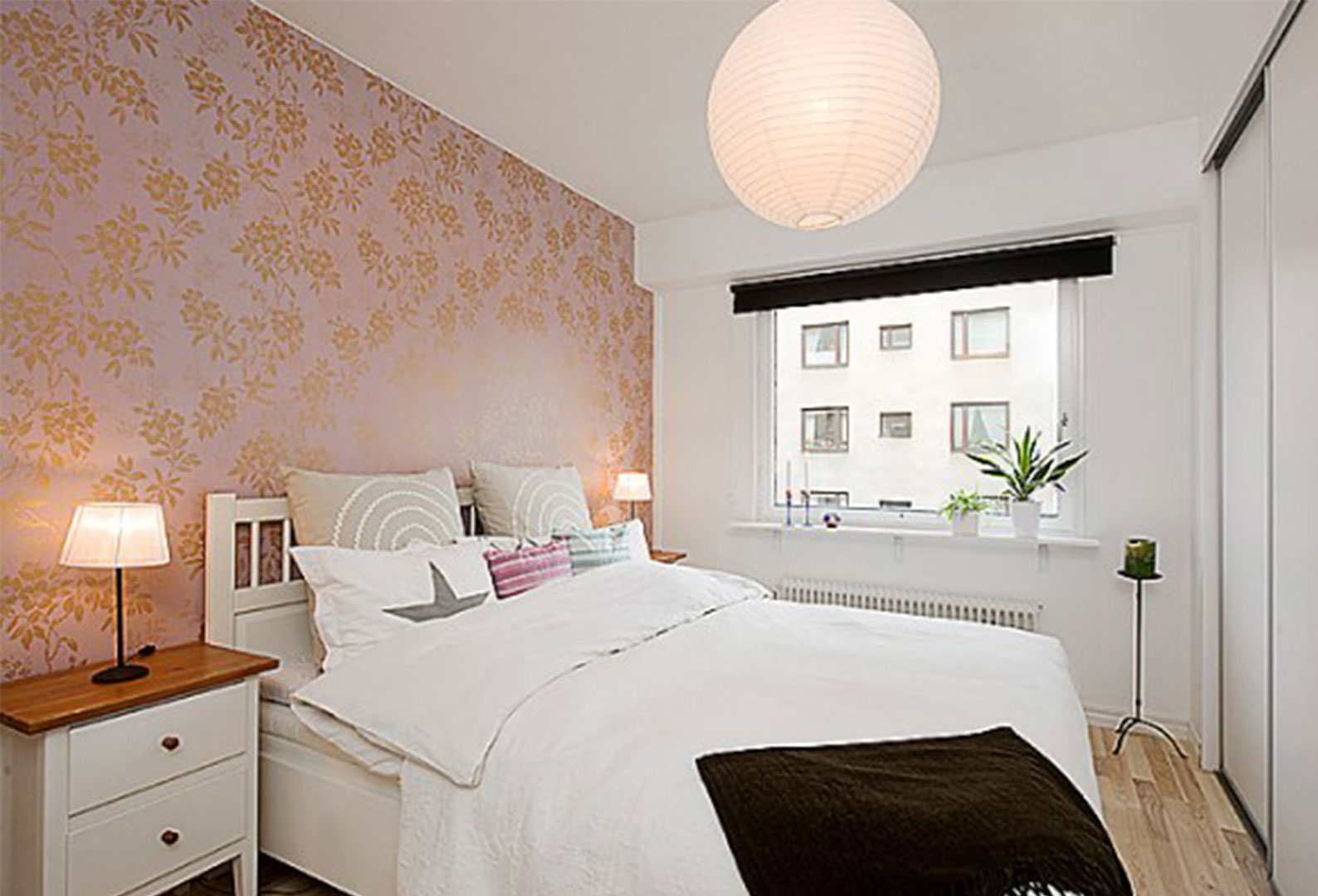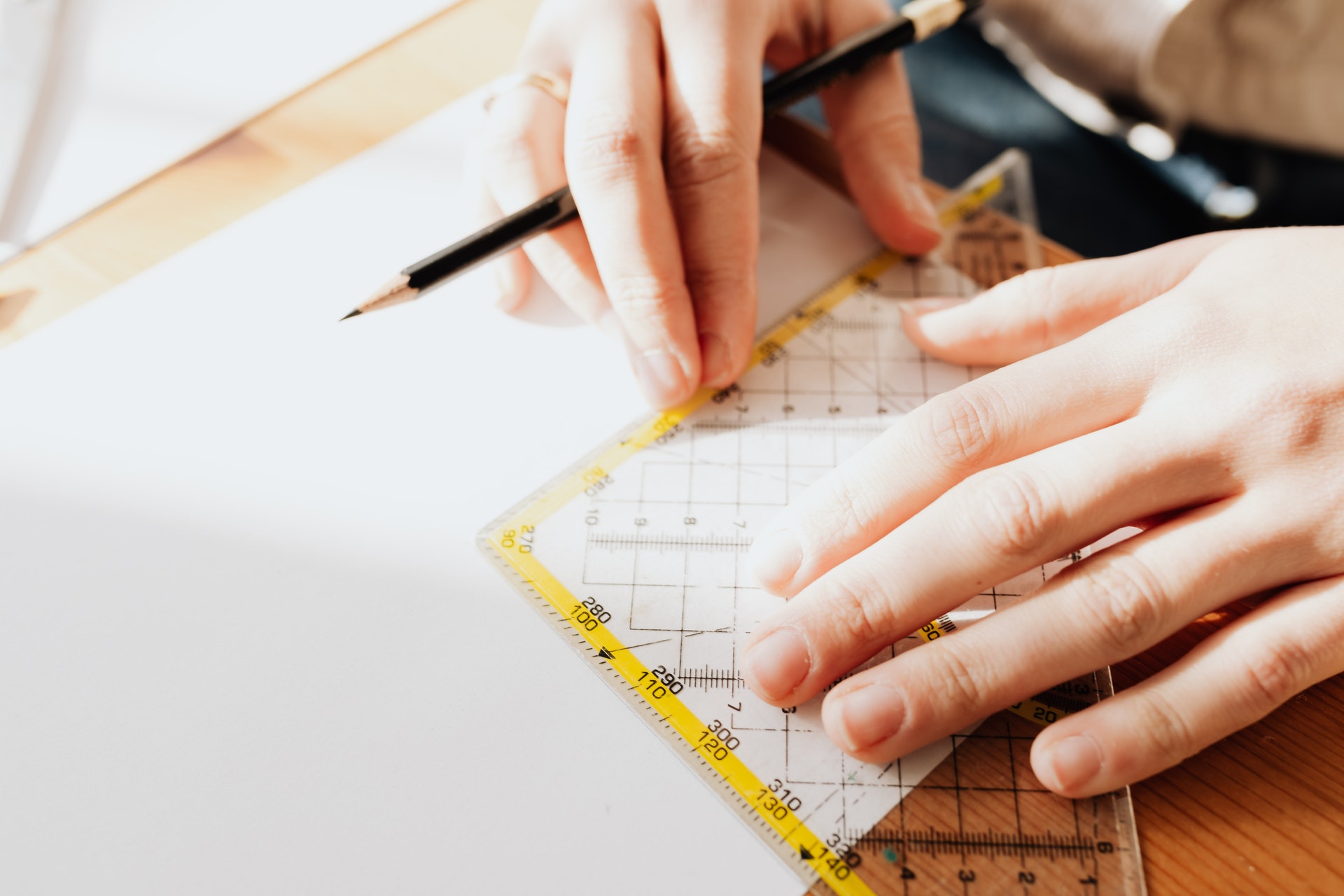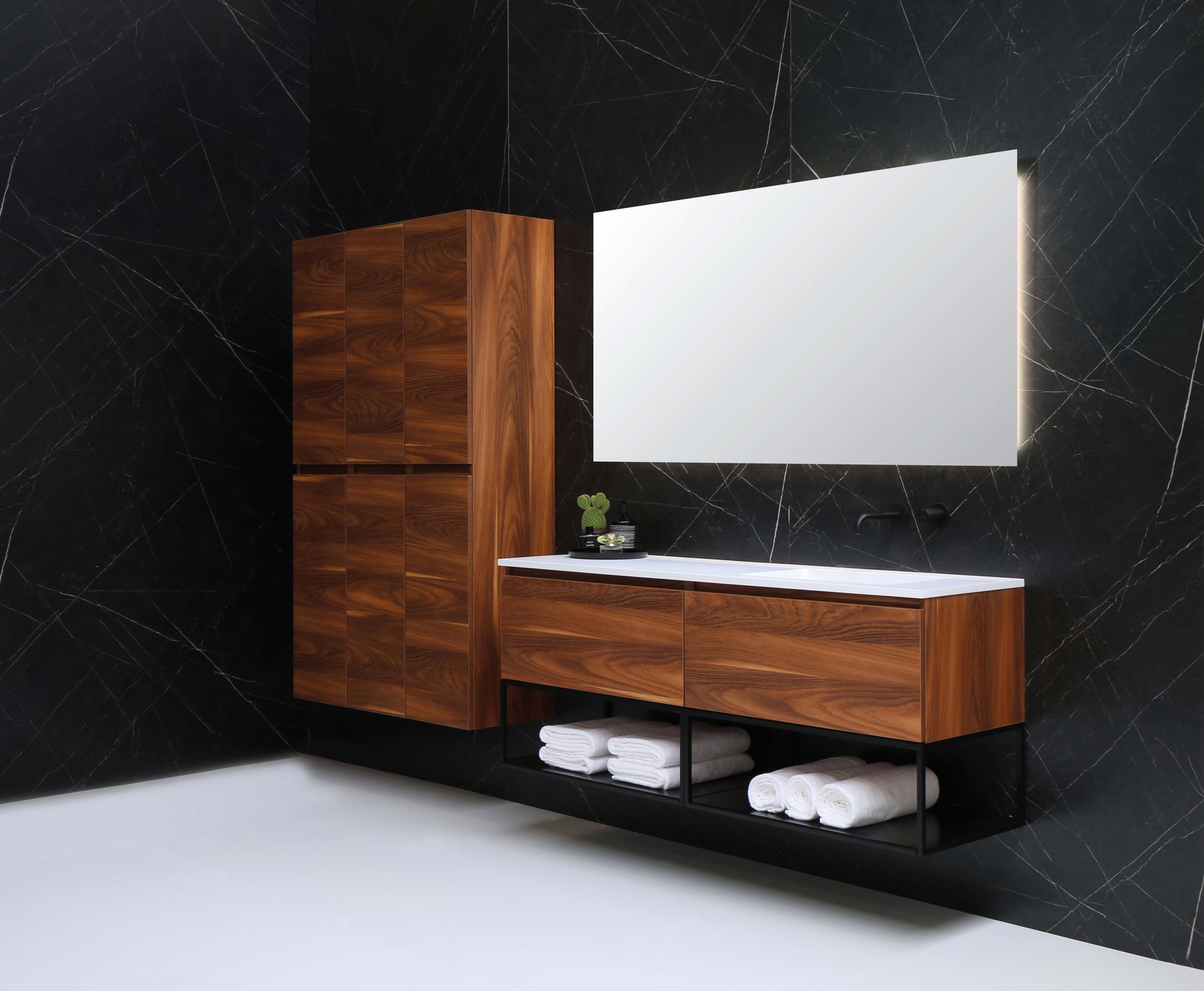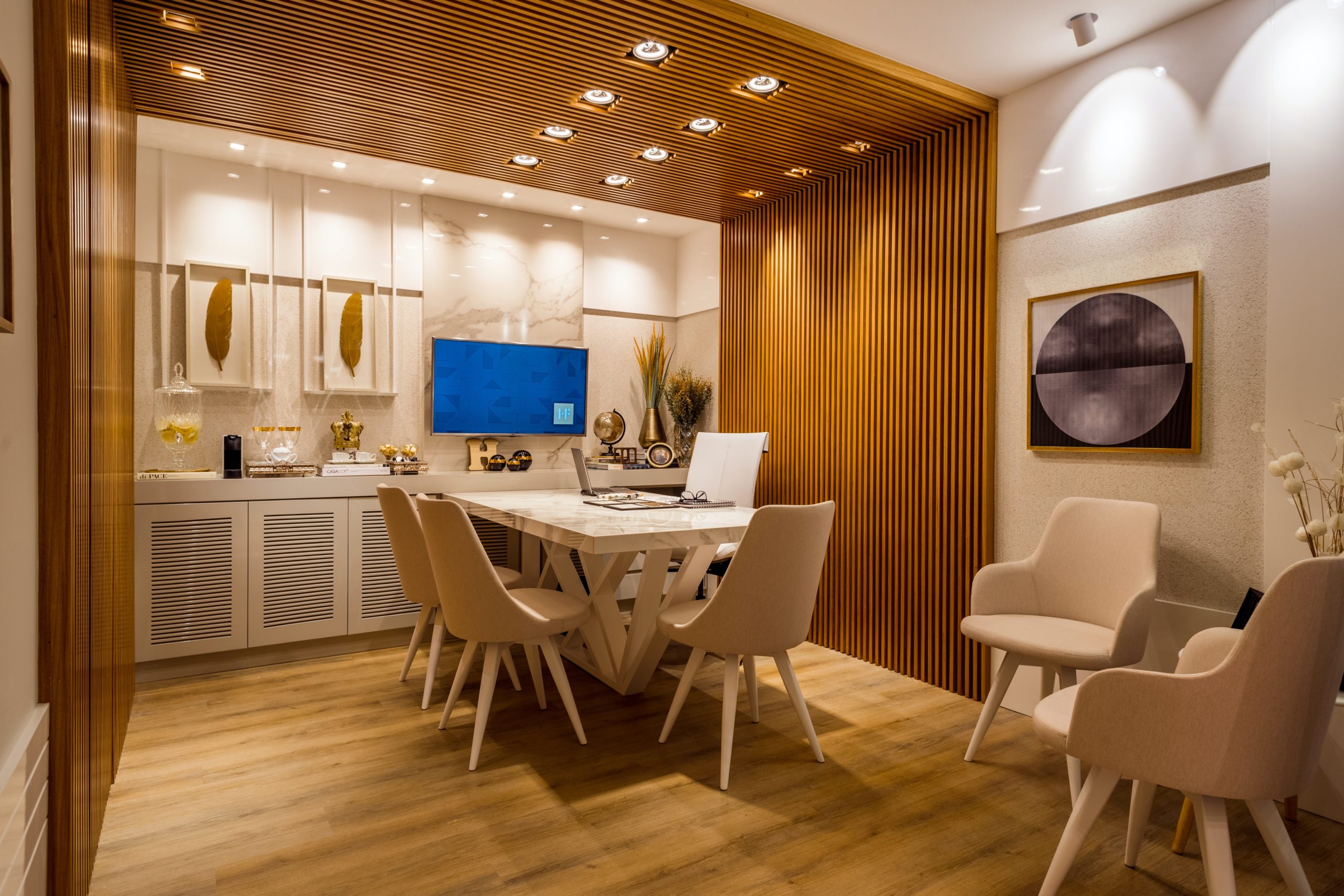Howcast empowers people with engaging, useful how-to information wherever, whenever they need to know how. Emphasizing high-quality instructional videos, Howcast brings you experts who provide accurate information in easy-to-follow tutorials on everything from makeup, hairstyling, nail art design, and soccer to parkour, skateboarding, dancing, kissing, and much, much more.
Step 1: Use color
Use vibrant paint. Contrary to popular belief, white doesn’t make a room look larger; deeper colors do by making corners disappear. If you want to use a light color, give the space an accent wall in a darker shade; it elongates the room by making the wall appear to recede.
Tip
If you have carpeting, paint the baseboards the same color.
Step 2: Avoid small furniture
Avoid small furniture. It may seem counterintuitive, but a few oversized pieces work better in a modestly-sized room than a lot of tiny furnishings, which just make a room look cluttered.
Step 3: Use two mirrors
Place mirrors on walls across from each other to produce the illusion of a room that goes on and on.
Tip
Choose mirrors with thick glass, which better reflects dimension.
Step 4: Choose complementary furnishings
Choose furnishings in shades that complement each other. Having a lot of competing colors and patterns makes a room look smaller.
Step 5: Let it in the light
Use sheer curtains that can be pulled completely away from the windows during the day; dark rooms look smaller. Hang the curtain rod near the ceiling, and have it extend past the sides of the window; this gives the illusion of a larger window, and therefore a larger room.
Step 6: Tile it
In small kitchens and bathrooms, use subway tile – 3- by 6-inch ceramic tiles — to add depth, or glass tile, which reflects light.
Did You Know?
Did you know? Japan invented the capsule hotel concept, which offer rooms as small as 75 square feet.



